It’s standing majestically in the North Sea and has been guiding ships to safety for over 200 years.
In this post, you’ll discover the ultimate list of facts about the Bell Rock Lighthouse, one of the most fascinating lighthouses in the world.
1. What is the Bell Rock Lighthouse?
The Bell Rock Lighthouse is the oldest surviving lighthouse that actually stands in the sea. It’s built on a semi-submerged reef off the east coast of Scotland.
It’s considered to be one of the most impressive feats of engineering ever built and hence, earned a spot in the list of 7 wonders of the industrial world.

2. Where is the Bell Rock Lighthouse located?
The lighthouse stands about 11 miles (18 km) off the east coast of Scotland in the Firth of Tay, which is in the council area of Angus.
What’s remarkable about its location is that it stands in the sea on a reef called the “Bell Rock” which is also sometimes referred to as the Inchcape.
An interesting fact about the Inchcape is that its name refers to the Gaelic “Innis Sgeap,” meaning “Beehive isle.” The most common assumption is that this refers to the shape of the reef, which resembles an old-style beehive.
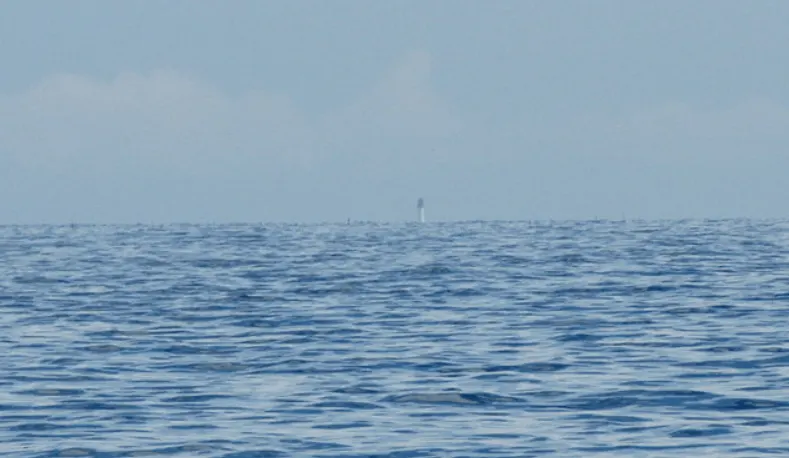
3. How big is the Bell Rock Lighthouse?
If we compare the Bell Rock Lighthouse with one of the 7 wonders of the ancient world, the Lighthouse of Alexandria, then it’s definitely not a huge tower. The one in Alexandria, which was destroyed by a severe earthquake in the 14th century, is believed to have been about standing 100 meters (330 ft) tall.
The lighthouse off the coast of Scotland stands about 35 meters tall (115 ft) and its light can be visible over 35 miles (56 km) inland.
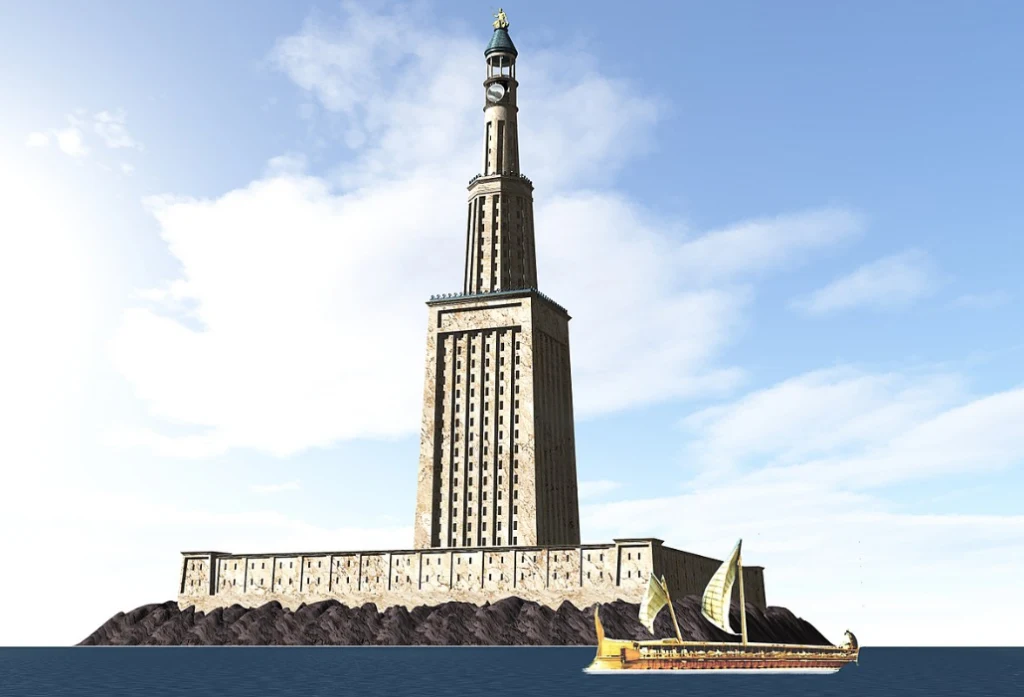
4. When was the Bell Rock Lighthouse built?

One of the most remarkable facts about the Bell Rock Lighthouse is that it was built over 200 years ago when. Civil engineering and the equipment weren’t at the same level we know today.
Construction started in 1807 with the excavation, but it wasn’t until February 1811 that the light was lit for the first time.
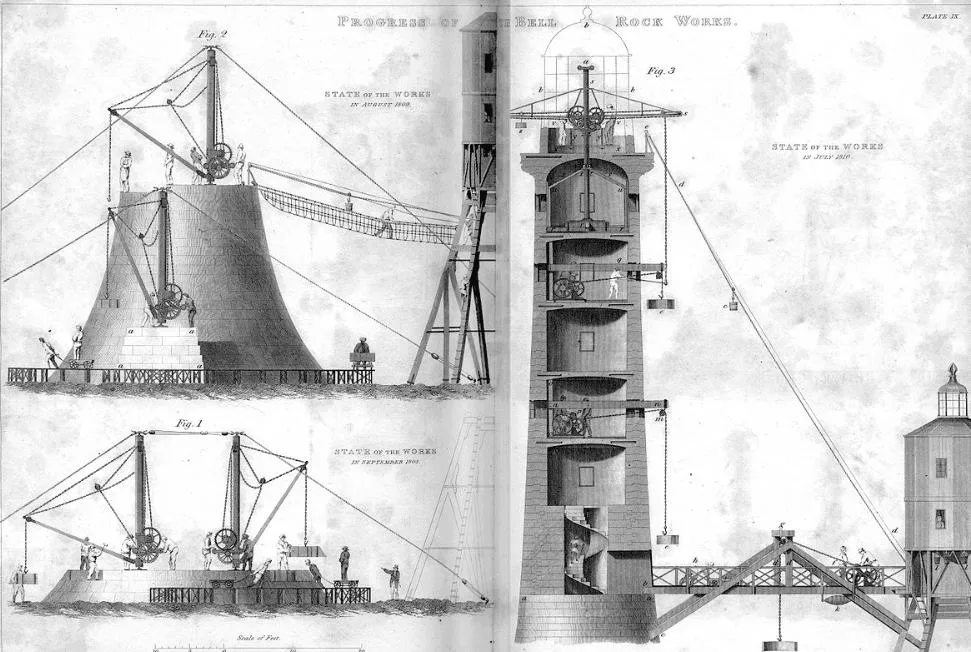
5. There was a huge problem in the early stage
Since the lighthouse is built on a reef, the surface where the excavations took place was only uncovered during low water.
At high water, the site was completely submerged, up to 16 feet (4.8 m) deep! This made it impossible to work during this time and made conditions considerably harsh.
6. Disaster nearly struck in September 1807
The workers were brought to the construction site by a boat named the “Smeaton,” which was attached to the moor while they were working.
Unexpectedly, the Smeaton got released from its mooring and started drifting. soon it disappeared in the distance, over 3 miles away. At the construction site, there were 32 men and 2 small boats which could carry 8 people each.
As tensions rose on the site and the men realized at least half of them would die a horrible death in the freezing water, the unexpected happened. A large boat that came to deliver some letters to the men appeared in the mist. We can only imagine the sense of relief the sight of their savior must have brought to the men.
Interesting fact: 18 of the construction workers refused to board the boat the next morning to go to work.

7. Disaster struck a lot before the lighthouse was built
The Bell Rock Lighthouse was constructed to avoid the numerous shipwrecks that the rocks off the east coast of Scotland caused.
It’s estimated that on average, 6 ships were getting wrecked on the rocks that are located just below the sea surface every year.
In one major storm around the turn of the 18th and 19th centuries, 70 ships were wrecked. A lighthouse was desperately needed.
8. An initial proposal was shelved
The young and ambitious Scottish civil engineer Robert Stevenson understood that something needed to be done to avoid additional disasters.
In 1799, he was the first to submit a proposal for a lighthouse at the location the Bell Rock Lighthouse was constructed.
The proposal was shelved because the cost was high, the idea of constructing the lighthouse in a reef that only sees low tide 4 hours a day was too radical, and Stevenson was just 27 at the time of his submission.
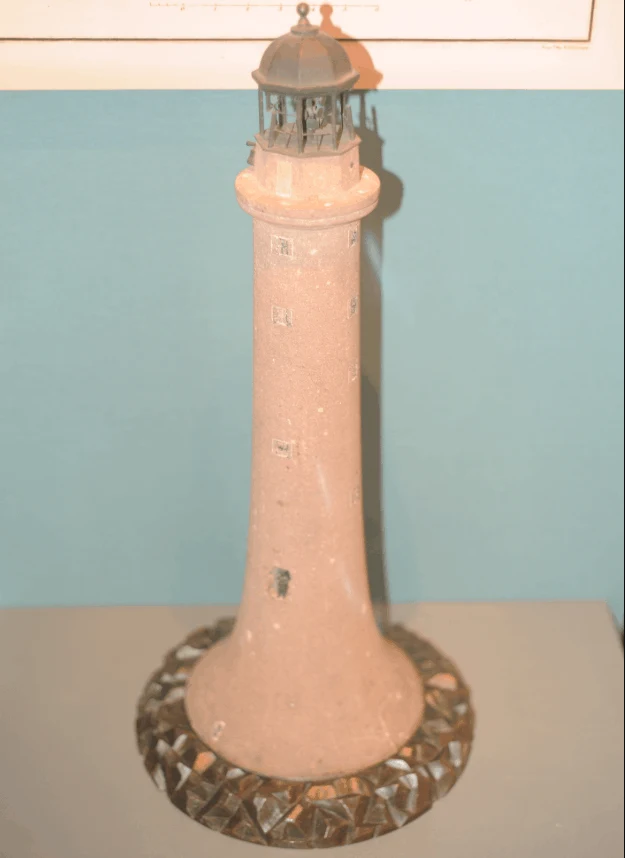
9. A new disaster woke people up
On December 26, 1803, the HMS York, a ship of the Royal Navy set sail for a routine patrol in the North Sea. The ship in all its glory was never seen again, as well as the entire crew.
It’s believed that she got wrecked on the Bell Rock near the location where the lighthouse would be constructed just 3 years later.
The outrage in the parliament was so big that everybody realized that the construction of a lighthouse would be of immense benefit and would save a lot of money in the long run.

10. Stevenson’s plan was finally approved
Following the situation regarding the Bell Rock closely, Robert Stevenson saw the opportunity to submit his proposal yet again, this time to John Rennie, an established civil engineer who was 9 years older than Stevenson.
He made sure the plan and the cost were approved using his reputation, so the legislation was passed in 1806.
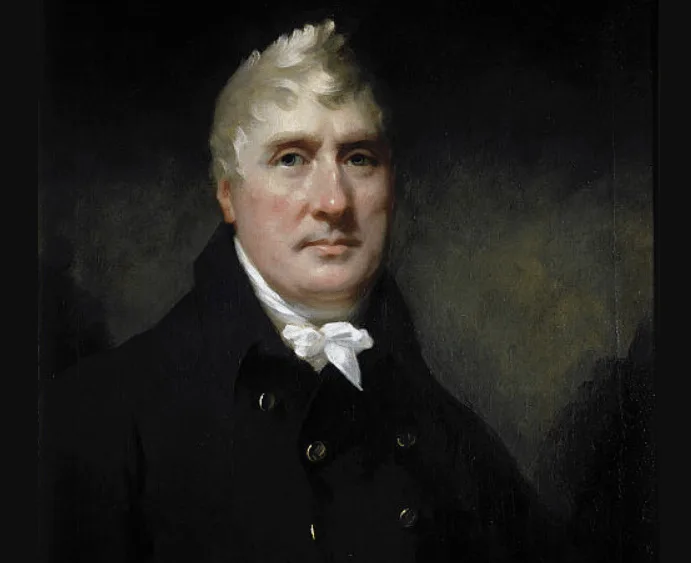
11. Who actually constructed the Bell Rock Lighthouse?
Who actually got credit for the construction of the Bell Rock Lighthouse led to disputes between Rennie and Stevenson. It’s clear that Stevenson was in charge of the construction and made the design. It’s also clear that without Rennie, the funding for its construction wouldn’t have been approved.
Stevenson didn’t give any credit to Rennie in his notes, so it’s assumed that he was in complete charge and is therefore considered to be the creator of the Bell Rock Lighthouse.
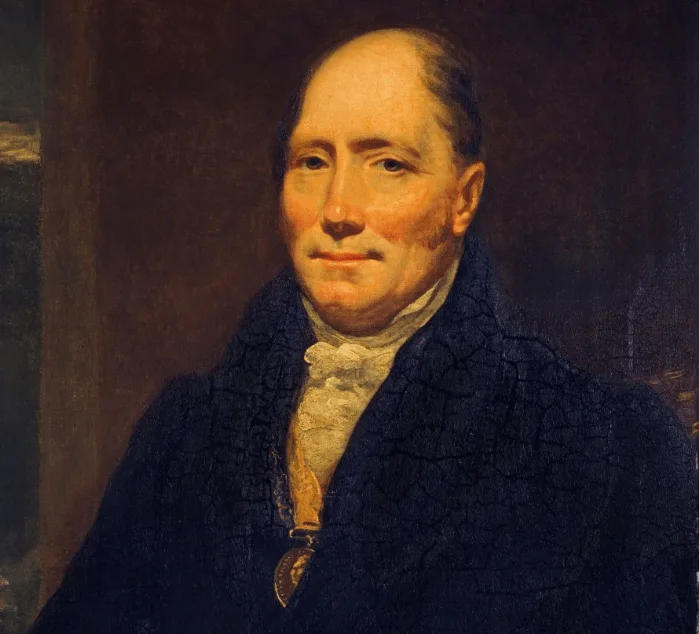
12. Stevenson used a trick to keep Rennie away
Even though Stevenson was in full control of construction, this didn’t mean that Rennie didn’t sometimes visit the site.
At one of his visits, Stevenson got frustrated as he felt Rennie was trying to interfere with his work.
So how did Stevenson keep him away from the site?
He sent him a total of 82 letters, asking very specific questions about the construction. Rennie replied in full detail to every letter, which Stevenson largely ignored.
Both men didn’t get along too well.
13. The design was based on an existing lighthouse
Robert Stevenson didn’t have to start from scratch when he started working on the design of the Bell Rock Lighthouse. He got the idea from another lighthouse which he inspected back in 1801.
The lighthouse in question was the third version of the Eddystone Lighthouse which was also located on a reef and was completed in 1759.
A remarkable fact about this lighthouse is that it was designed by John Smeaton, the first self-proclaimed “civil engineer” and therefore referred to as “The Father of Civil Engineering.”
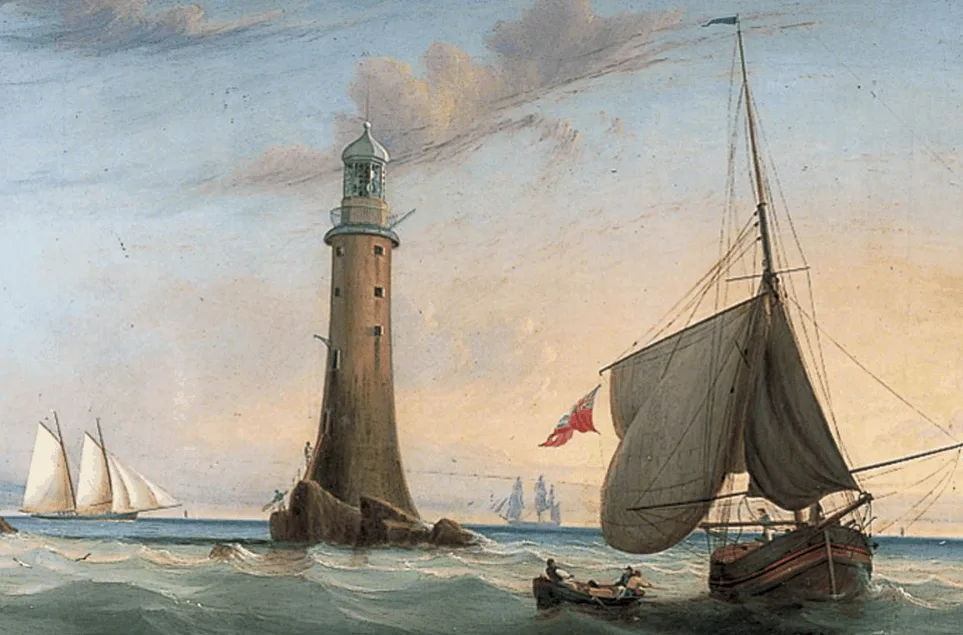
14. 60 workers were hired in total
To emphasize that the construction of the Bell Rock Lighthouse was a serious endeavor back in 1807, Stevenson was in charge of a total of 60 workers.
To give you a better idea about this, the massive Brooklyn Bridge in New York had 600 workers and The Eiffel Tower in Paris only had 250 workers.
Both these massive structures were built nearly a century later as well.
15. The Bell Rock Lighthouse is made of granite
And more specifically, Aberdeen Granite, a very popular building material at the time that was quarried in and around the city of Aberdeen. No wonder Aberdeen is nicknamed “The Granite City” right?
During the winter, the workers stopped working on-site and stonemasons cut out granite for the lighthouse to be built with.
One of those interesting facts about the Bell Rock Lighthouse is that its building material, Aberdeen Granite, is one of the most durable materials on the planet, which is very much needed for the harsh conditions it faces every day.

16. Only 1 horse was used to carry the stones
This reminds you that the lighthouse was built back in 1807. There wasn’t a road network as we know it today and definitely nothing like big trucks to bring the stones from the quarry to the construction site.
The lighthouse consists of 2,500 granite stones that were brought to the site by a single horse named Bassey.
Well done Bassey, we hope you got fed well during your labor!
17. Building the lighthouse was very expensive
Working on this project for 4 years with 60 people was pretty expensive. It cost a total of £ 42,000 which exceeded the original budget by about 40 percent.
£42,000 back then is the equivalent of over £2.5 million today.
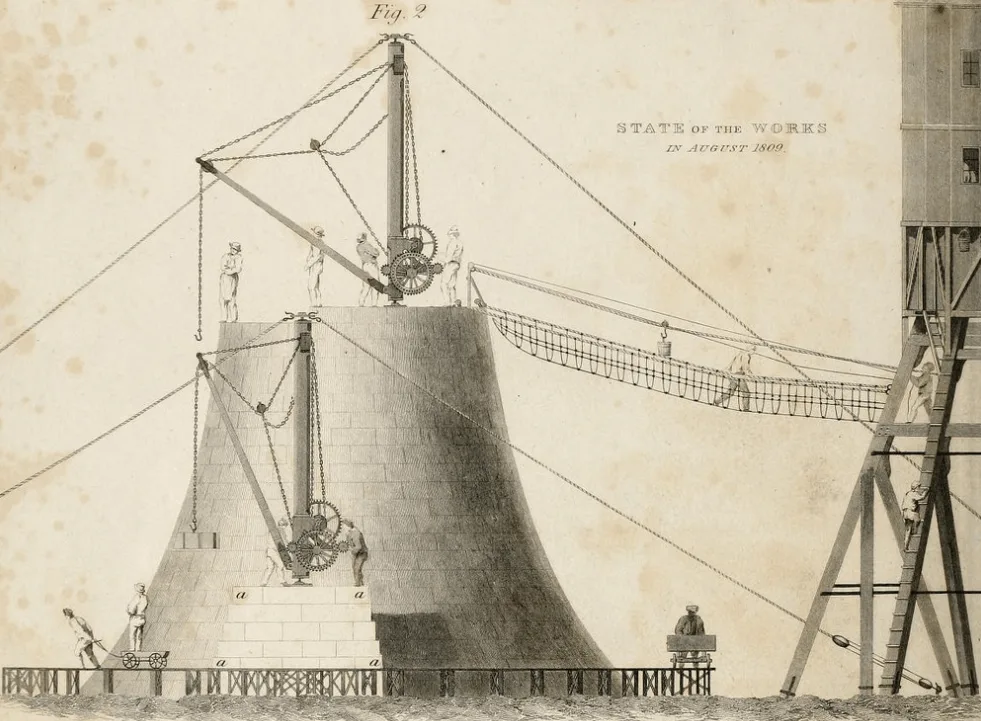
18. The result of construction paid off
While the price to build the lighthouse was very high, what is accomplished has been priceless. Since the Bell Rock Lighthouse became operational, only 2 ships have wrecked, one being the “Rosecraig” in 1908 and the other being the “HMS Argyll” in 1915 during a war-time blackout (so essentially not the lighthouse’s fault).
This compared to 6 ships on average every year and dozens of lives lost in these disasters, it has been one of the best investments ever.

19. The lighthouse is automated since 1988
The first time the lights of the lighthouse were lit was on February 1, 1811. Apart from the replacement of the lamps and reflectors in 1843, the lighthouse has always operated the same way since the first time it was lit.
It wasn’t until 1988 that modernizations were done and the lighthouse operations were completely automated.
20. The original lamps and reflectors of Bell Rock Lighthouse are on display
But not off the coast of Scotland.
When the lamps and reflectors were replaced in 1843 they were actually moved to the lighthouse of Cape Bonavista in Newfoundland, Canada.
In the museum on the second floor of that lighthouse, you can get to see the items that were moved from Bell Rock along with everything else related to its history.
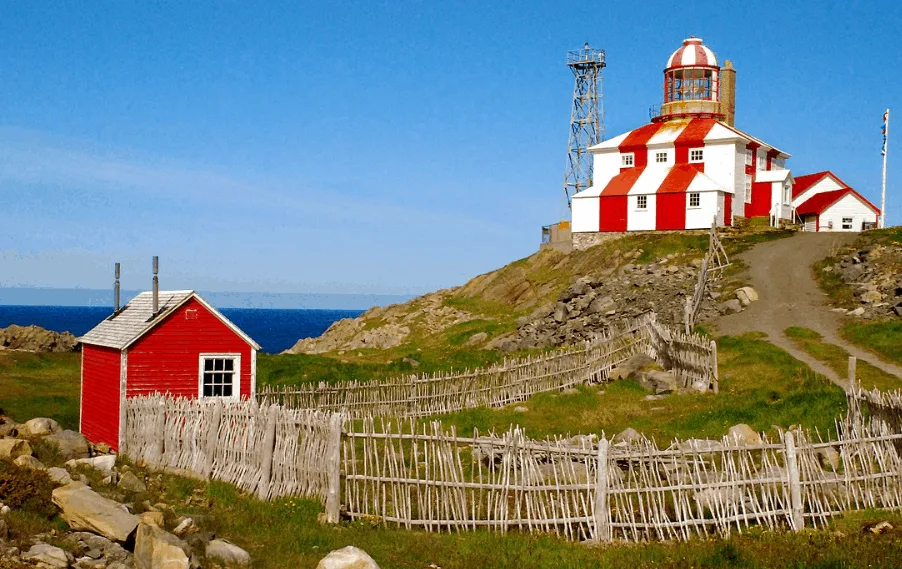
21. The Bell Rock Lighthouse used to have a colleague
The keepers of the lighthouse were stationed on the “Rock” as it was referred to. On land, however, the families of the lighthouse keepers were stationed in the “signal tower,” along with the shore staff who ran the lighthouse tender that supplied the light.
The building was completed in 1813 and was operational until the advent of helicopters in 1955 which rendered its purpose useless.
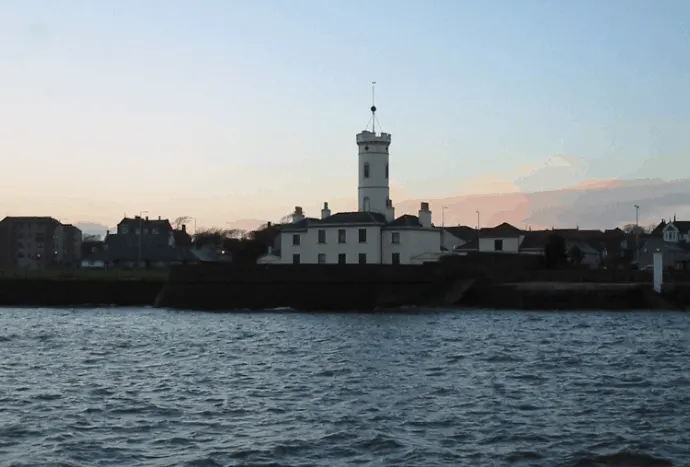
22. The signal tower was converted into a museum
The museum exhibits items related to the region and more specifically the companies that were located there such as Shanks Lawnmowers, Giddings + Lewis-Fraser, and Keith & Blackman, as well as items related to the fishing industry such as scale models of fishing boats.
Most importantly, a lot of items related to the Bell Rock Lighthouse can be found here as well such as models and items that were used during its 2+ centuries of operations.
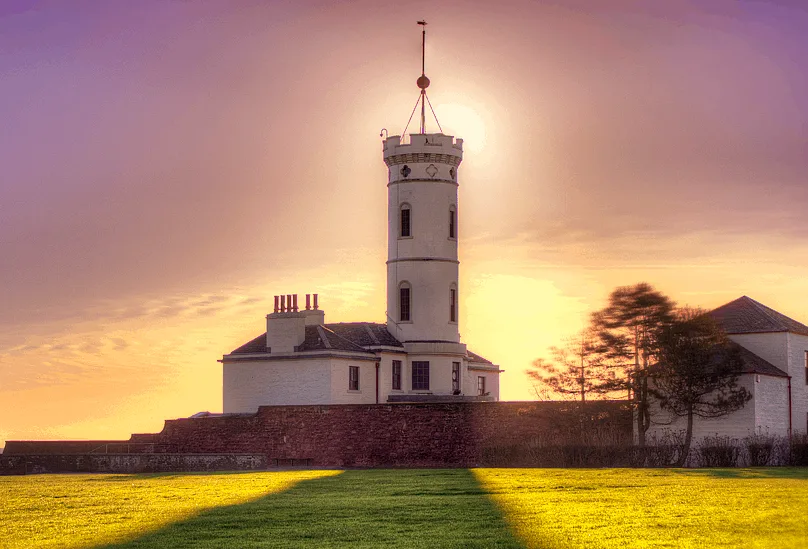
23. How did the lighthouse get its name?
The story goes that the rock is called Bell Rock because the local Abbot tried to install a warning bell on it for sailors who were in imminent danger of wrecking their boats in the 14th century.
After the bell was erected, it got stolen by pirates. This happened just one year after the bell was erected.
Apparently, Robert Stevenson wasn’t impressed and deemed this story implausible and commented on it with the world: “The erection of the bell is not, however, an improbable conjecture, and we can more readily suppose that an attempt of that kind was made…”
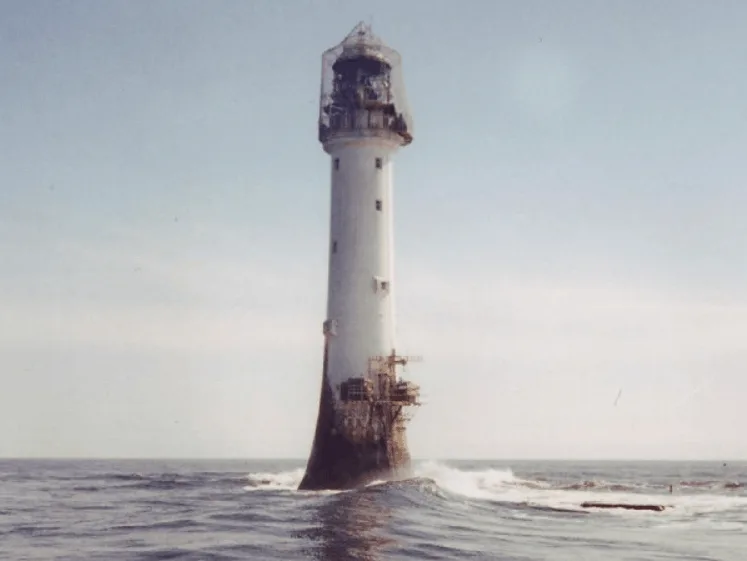
24. The legend was immortalized
A poem was made in 1802 by English poet Robert Southey named “The Inchcape Rock,” referring to the story of how Bell Rock got its name. Below are 4 of the 17 quatrains which refer to the placing of the bell by the Abbot:
The holy Abbot of Aberbrothok
Had placed that bell on the Inchcape Rock
On a buoy in the storm, it floated and swung
And over the waves, its warning rung.
When the Rock was hidden by the surge’s swell,
The Mariners heard the warning Bell
And then they knew the perilous Rock
And blest the Abbot of Aberbrothok
The Inchcape Rock By Robert Southey

Leave a comment
You must be logged in to post a comment.